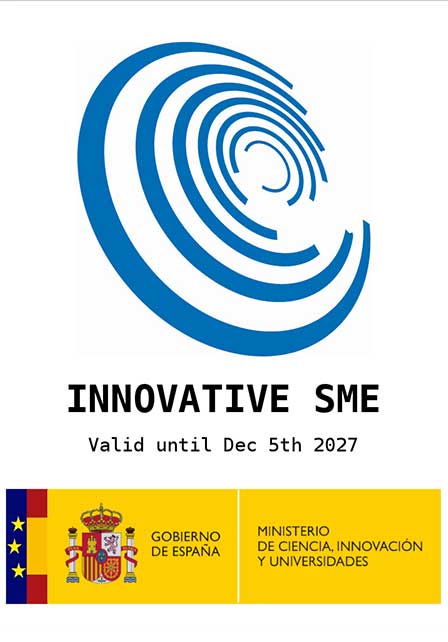Introduction
As a medical device regulatory affairs professional, navigating the world of regulations can feel like maneuvering through a complex labyrinth. One of the first and arguably most crucial steps in this process is determining the classification of your device. Though this essential task appears straightforward, it carries significant implications, guiding your product’s trajectory to reach the market. In this post, we will dive deep into the nuanced realm of medical device classification, exploring the importance of medical device classification in the regulatory landscape and its impact in shaping your regulatory journey. Prior to initiating the task of classification, it’s necessary to undertake the following steps:
- Define what constitutes a medical device and ascertain how your device aligns with this definition.
- Understand the basic principles of medical device classification.
Understanding Medical Device Classification
The classification of medical devices is not just about assigning arbitrary labels; it revolves around a risk-based methodology focused on the potential effect a device might have on patient health and safety. Globally, regulatory authorities, including the US Food and Drug Administration (FDA) and the European Authorities, utilize comparable structures to sort devices according to their:
- Intended use: What is the device supposed to do? Does it directly diagnose, treat, or prevent a disease?
- Degree of invasiveness: How deeply does it interact with the human body? Is it implantable, surgical, or non-invasive?
- Duration of use: Is it meant for short-term, long-term, or lifetime use?
- Potential for harm: Can it cause serious injury, disability, or even death?
These factors combine to form a risk profile, ultimately placing your device into one of several categories, typically ranging from Class I (lowest risk) to Class III (highest risk).
Mapping the Path
So, how does this classification affect your journey? Well, it acts as a map, clearly outlining the regulatory hurdles you need to overcome, for example, in the US:
- Class I (Low Risk): These devices, like tongue depressors and bandages, pose minimal risk and typically require little premarket oversight. Often, a simple registration with the regulatory body is sufficient.
- Class II (Moderate Risk): Devices like blood pressure monitors and surgical instruments fall under this category. They require more stringent premarket controls, often involving premarket notifications (510(k)) demonstrating substantial equivalence to existing devices.
- Class III (High Risk): These devices, like pacemakers and artificial implants, carry the highest potential for harm. To reach the market, they must undergo rigorous premarket approval (PMA) through extensive clinical trials and data analysis.
Beyond these primary classifications, some jurisdictions, like the European Union, have further subcategories like IIa and IIb to provide a more nuanced risk assessment.
Considerations and Insights
Although classification serves as an initial step, it’s important to recognize that the process isn’t always linear. In some borderline scenarios, thorough assessment and dialogue with regulatory bodies may be necessary. Below are some further points to consider:
- Novelty and Innovation: Existing classification pathways may not apply to breakthrough devices. Working closely with regulatory bodies may lead the way for new classifications or special designations.
- Combination Products: Devices that integrate diverse functionalities may fall under multiple classifications, requiring a tailored regulatory approach.
- Global Market Strategy: If you aim to launch your device in multiple regions, aligning with international classification harmonization initiatives can streamline the process.
The Classification Process
The classification activity encompasses several crucial factors that must be considered:
- Outline the sequential procedure for determining the classification of your medical device.
- Understand the role of regulatory bodies (like FDA in the US, Competent Authorities, and Notified Bodies in the European Union) in the classification process.
- Highlight the importance of clinical and technical documentation in determining the device class.
- Consider the role of guidance documents and consultative procedures in complex cases.
The influence of classification on Regulatory Pathways and Requirements requires comprehending how it affects the regulatory process, from obtaining pre-market approval to conducting post-market surveillance. Additionally, it involves scrutinizing the differences in regulatory obligations for each device class, including aspects like quality management systems, clinical evaluations, and labeling requirements.
Global Perspectives and Harmonization Efforts
Current initiatives are underway to align classification standards internationally, notably through the efforts of the International Medical Device Regulators Forum (IMDRF). This organization is dedicated to fostering global collaboration among regulatory authorities, with the goal of standardizing medical device classification guidelines to ensure a more uniform regulatory environment across various countries.
Conclusion
In conclusion, the classification of medical devices stands as a crucial component in the regulatory framework, essential not only for ensuring patient safety, performance, and device efficacy but also for guiding innovations safely to the market. This complex process does more than just fulfill regulatory requirements; it empowers the development and delivery of medical breakthroughs that can significantly impact health outcomes. As we’ve explored, the classification dictates the level of regulatory scrutiny a device undergoes, from pre-market submissions to post-market surveillance, and is primarily based on the risk posed to patients and users. Each class, from the lowest risk (Class I) to the highest (Class III), has specific regulatory controls and pathways, including special provisions for breakthrough or rare devices. However, it’s crucial to acknowledge that the regulatory landscape is dynamic and continuously evolving.
Staying updated, consulting with experts, and understanding the nuances of classification are pivotal for navigating this composite terrain. As medical device professionals, embracing these challenges and staying informed is key to successfully introducing medical solutions to those who need them most.














